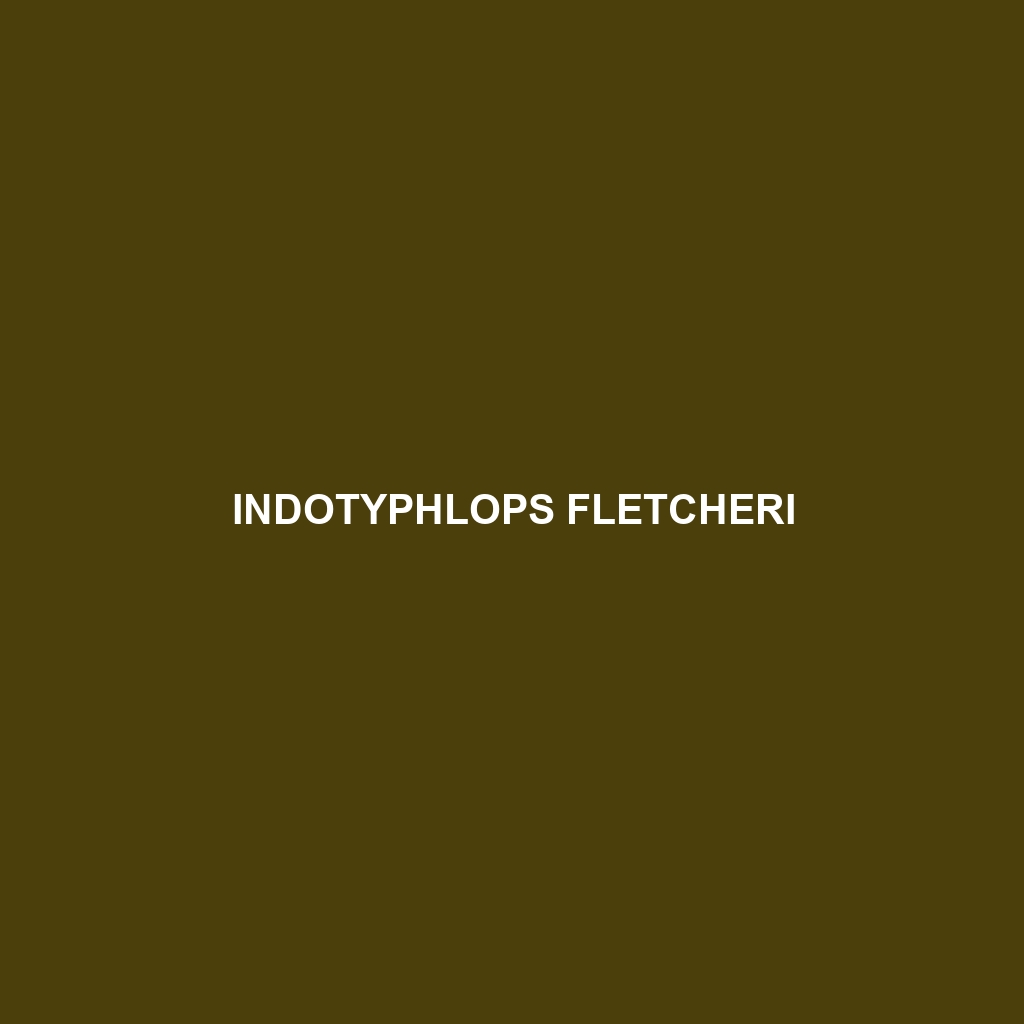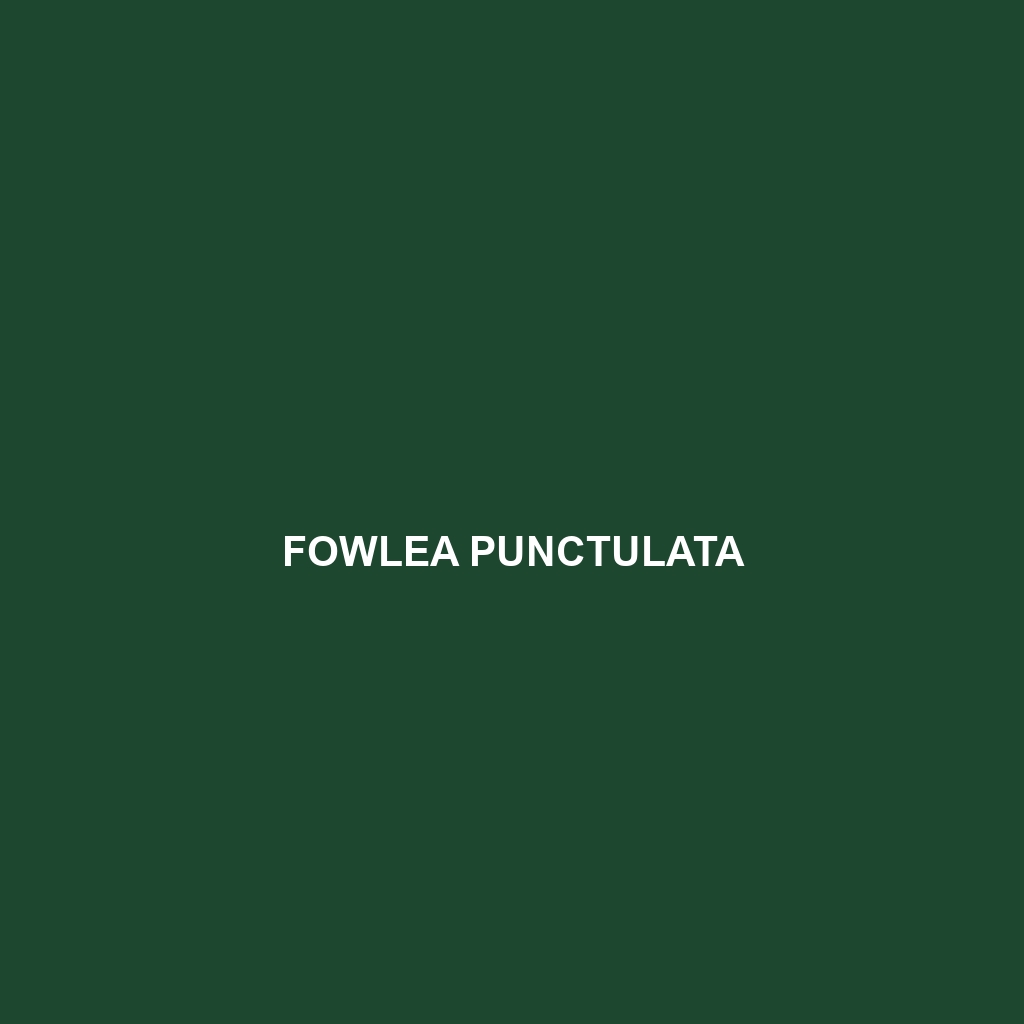Discover the captivating <b>Pseudoxenodon macrops</b>, also known as the Southeast Asian false snake, characterized by its striking coloration and large, prominent eyes. Native to the tropical rainforests of Southeast Asia, this nocturnal, agile predator plays a vital role in the ecosystem by controlling prey populations while showcasing unique behaviors and reproductive care.
Tag: snakes of Southeast Asia
Ramphotyphlops mansuetus
<b>Ramphotyphlops mansuetus</b> is a small, nocturnal burrowing snake found in tropical forests and savannas of Southeast Asia, typically measuring 35-70 cm in length. This harmless insectivore plays a crucial role in ecosystem balance by regulating insect populations and enhancing soil quality through its burrowing activities.
Pseudoxenodon macrops
Discover the captivating <b>Pseudoxenodon macrops</b>, also known as the Southeast Asian false snake, characterized by its striking coloration and large, prominent eyes. Native to the tropical rainforests of Southeast Asia, this nocturnal, agile predator plays a vital role in the ecosystem by controlling prey populations while showcasing unique behaviors and reproductive care.
Lycodon sealei
Discover the <b>Lycodon sealei</b>, or Seale's Wolf Snake, a nocturnal predator thriving in tropical Southeast Asia's rainforests and savannas. With its slender body, distinctive coloration, and ambush hunting tactics, this fascinating species plays a crucial role in maintaining ecological balance.
Lycodon fausti
The Lycodon fausti, or Faust’s Wolf Snake, is a slender, nocturnal serpent found in the tropical rainforests of Southeast Asia, characterized by its brown to olive green coloration and distinct dark bands. Known for its adaptability, it plays a crucial role in regulating small vertebrate populations while exhibiting intriguing mating behaviors and a remarkable ability to mimic venomous snakes.
Liopeltis pallidonuchalis
Discover the <b>Liopeltis pallidonuchalis</b>, a slender, vibrant snake native to the rainforests of Southeast Asia, known for its striking pale underbelly and nocturnal hunting habits. This adaptable predator plays a crucial role in its ecosystem, thriving on small mammals, birds, and amphibians while contributing to biodiversity.
Indotyphlops fletcheri
Discover the fascinating <b>Indotyphlops fletcheri</b>, a slender, burrowing snake native to Southeast Asia's tropical rainforests, known for its nocturnal behavior and diet of small invertebrates. With its smooth, shiny scales and reduced eyesight, this elusive species plays a crucial ecological role by regulating insect populations and aerating the soil, contributing to a balanced ecosystem.
Hebius clerki
Discover the stunning Hebius clerki, a slender snake measuring 1.2 to 1.5 meters, thriving in the humid tropical rainforests of Southeast Asia, where it skillfully hunts small mammals, birds, and reptiles. With its vibrant green, brown, and yellow patterned skin, this nocturnal predator is essential to its ecosystem, playing a pivotal role in maintaining the balance of its habitat.
Fowlea punctulata
Discover the stunning Fowlea punctulata, commonly known as the spotted tree viper, a medium-sized, nocturnal snake native to tropical rainforests and savannas in Southeast Asia. With its vibrant green scales adorned with dark spots, this unique predator plays a crucial role in maintaining the ecological balance by controlling rodent populations.
Elapoidis fusca
Discover the Dusky Serpent (Elapoidis fusca), a resilient nocturnal predator native to Southeast Asia, known for its sleek, dark brown to black coloration and adaptability to various habitats, including tropical rainforests and savannas. With a diet consisting of small mammals and reptiles, this species plays a crucial role in maintaining ecological balance.









